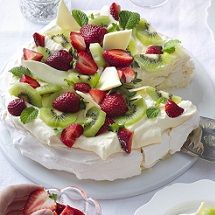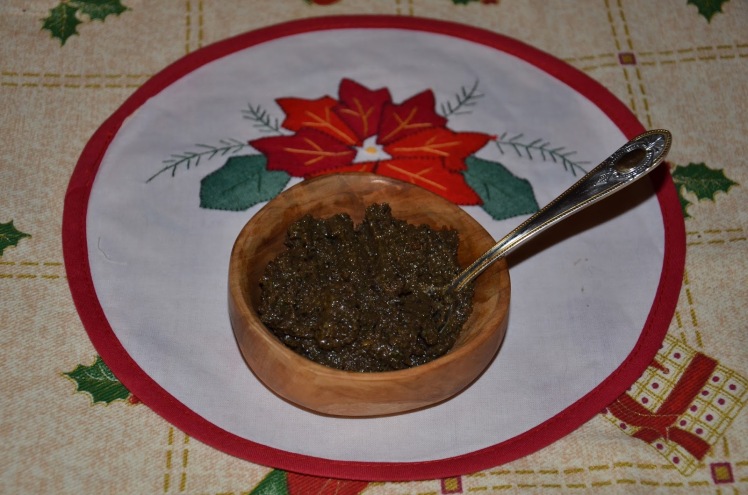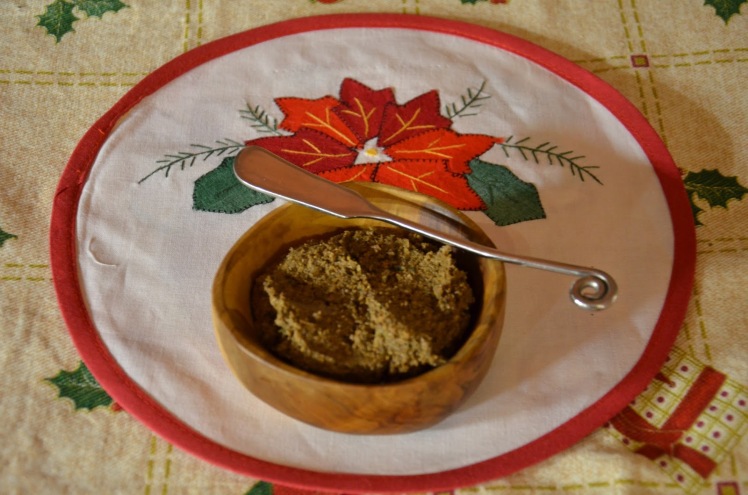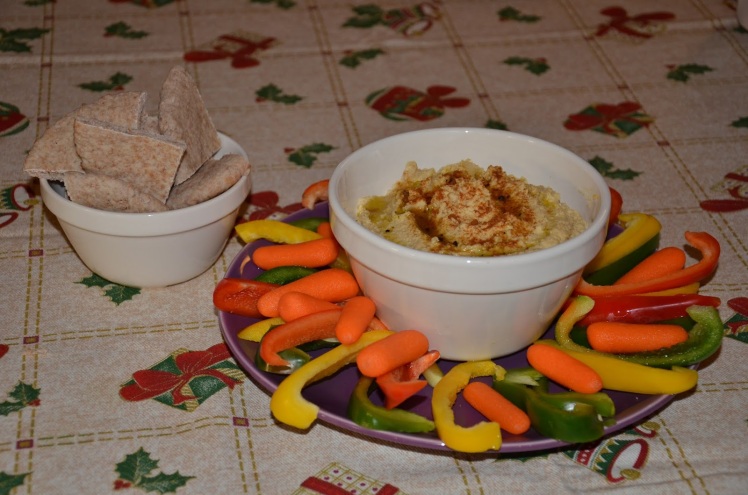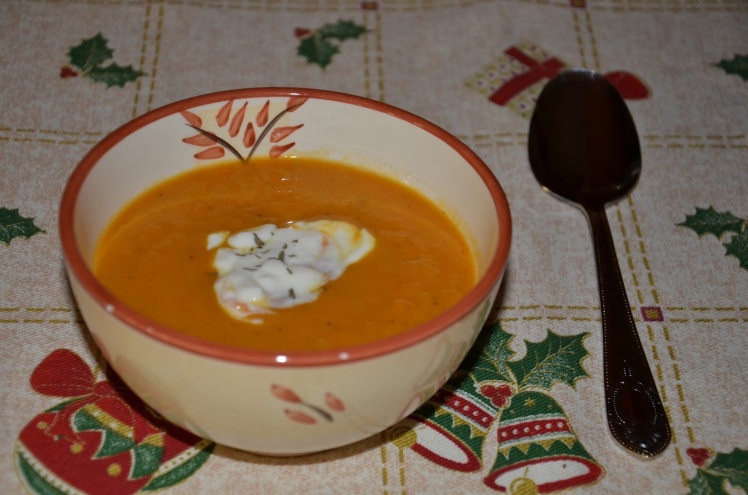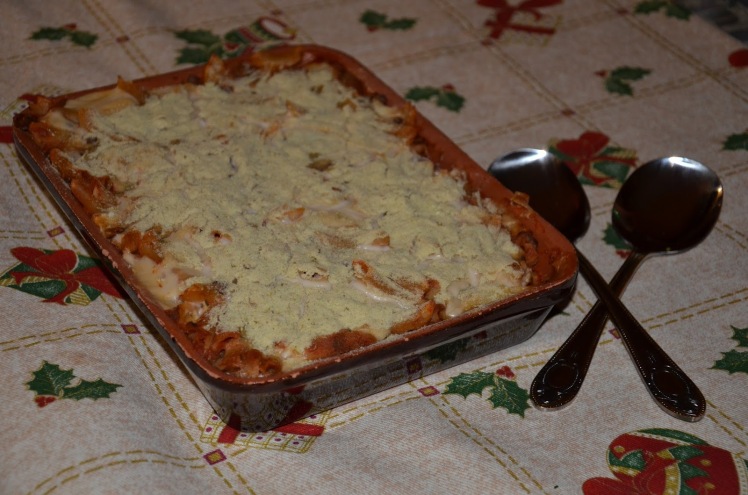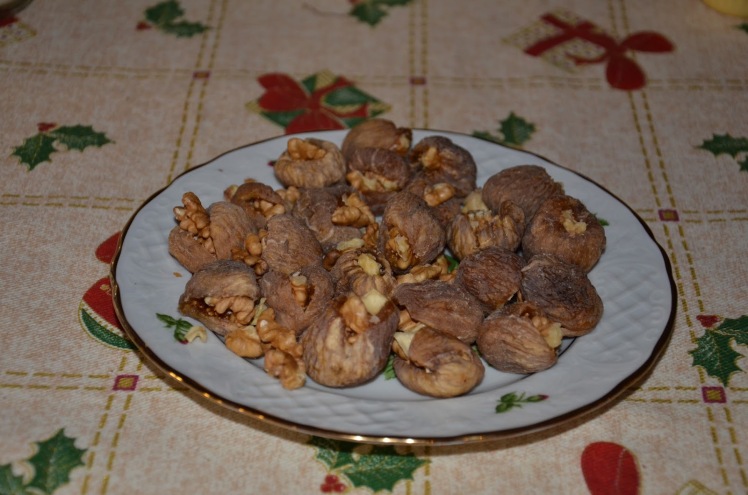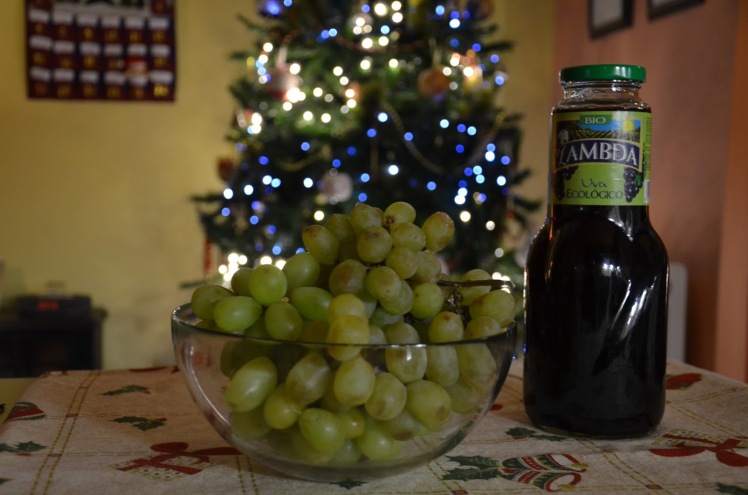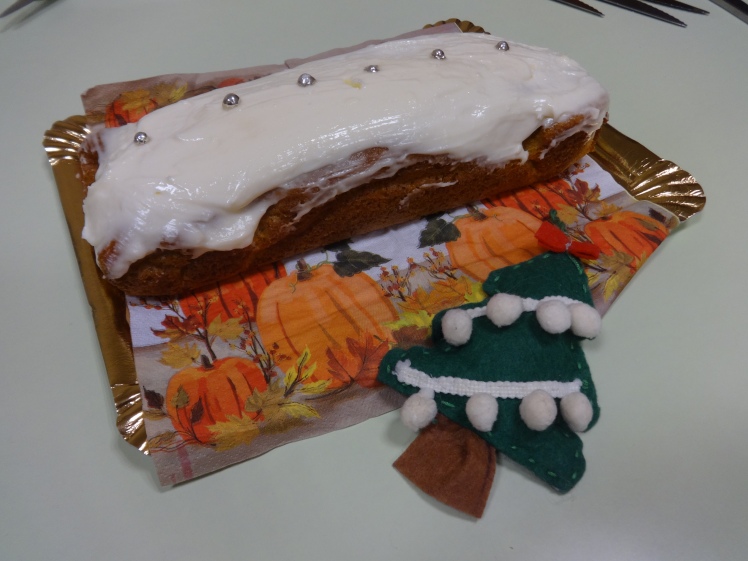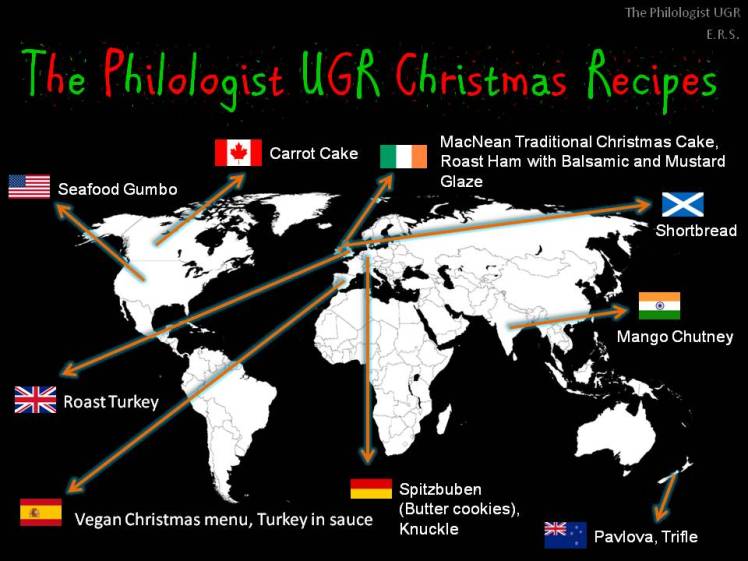Mauricio Aguilera, profesor del Grado en Estudios Ingleses, nos presenta hoy no sólo una receta de EE.UU., si no una introducción tan interesante como cautivadora. ¡Disfrutad!
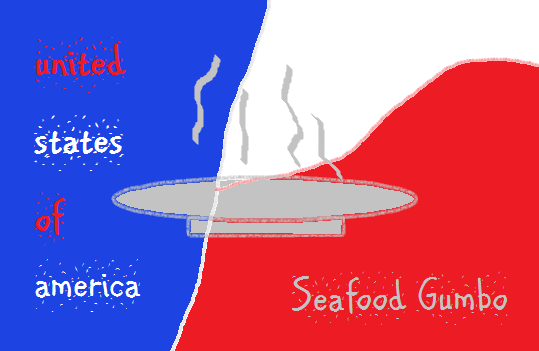
Luisiana es decididamente el lugar donde presente y pasado, raíces aborígenes y negras y la presencia colonial francesa y española se funden en un crisol de culturas donde ya no se distinguen procedencias ni resultan creíbles certificados de origen. Kate Chopin inmortalizó el susurro de las espigas de arroz en los bayous, las tierras bajas que rodean al Mississippi cuando este se vuelve perezoso antes de entregarse al mar, y los negros se mezclaban con blancos e indios Choctaw. Tennessee Williams se enamoró allí, no sé si caminando por Bourbon Street o sentado en algún café de Vieux Carre con una taza de “coffee milk” (café con leche en la jerga con aires parisinos de la gente de New Orleans), o tal vez quiso desenamorarse, que resulta casi siempre una experiencia más rentable para para la literatura.
Esta receta es una receta “cajun”, esto es procedente de la mezcla de los criollos afrancesados (Acadians) y de las tradiciones autóctonas (Choctaw) y, por supuesto, de los esclavos.
La palabra GUMBO es una palabra cargada de polémica sobre su origen. Hay quienes le atribuyen una etimología amerindia aunque es más probable que fueran los esclavos de la costa occidental de África quienes la trajeran. “ki ngombo”, el quigombó o simplemente gombó es una palabra bantú y significa okra, una vaina procedente de África y que es la base esencial para hacer este caldo espeso donde se mezclan un buen número de ingredientes.
¿Podemos cocinar gombó en Granada? La respuesta es sí. La okra puede verse en una cadena de supermercado nacional, eso sí a un precio elevado. El ingrediente imposible pero por otro lado prescindible es el sasafrás, hojas de un árbol originario de América de un sabor ligeramente ácido y cuyo nombre le debemos al botánico español del SXVI, Nicolás Monardes.
El gombó de marisco es un plato típico de Navidad tal vez porque contiene gambas y cangrejo.
Aquí va la receta.
Ingredientes:
- Aceite
- Cebolla picada (3 tazas).
- Apio troceado (2 tazas).
- Pimiento verde (una taza).
- Media taza de harina (de arroz preferentemente pero de otro tipo valdrá).
- Ajo laminado (una cuchara sopera).
- Dos hojas de laurel
- Dos ramitas de tomillo fresco) o media cucharada de tomillo seco
- Sal y pimienta.
- Cayena (TABASCO es una marca de Luisiana).
- Medio kilo de okra.
- Perejil.
- Un kilo de de gambas medianas (peladas pero reserva las cáscaras)
- Medio kilo de cangrejo.
- Agua (3 1/2 litros para el caldo).
Pasos:
- Coloca las cáscaras y cabezas de gambas, las hojas de laurel, el tomillo, un poco de ajo, y descartes del apio y la cebolla en una cacerola con agua y llévala a punto de ebullición. Pon el fuego entonces al mínimo y mantén hirviendo media hora. Cuando se haya reducido el caldo, cuélalo y déjalo aparte.
- En un sartén saltea la okra hasta que deje de estar pegajosa durante unos 20 minutos.
- En una cacerola añade aceite, harina y la cebolla y comienza a calentar y remover hasta que la cebolla se dore y la harina se tueste. Conseguirás una tonalidad oscura, de color chocolate.
- Añade entonces la cebolla, el apio, el ajo, el pimiento. Añade caldo (2 tazas) y mézclalo hasta que todo quede diluido. Cocina durante 10 minutos.
- Sazona al gusto y mantén en punto de ebullición cinco minutos.
- Cocina a fuego lento una hora.
- Incorpora las gambas, el cangrejo, las okras y el resto del caldo. Cocina durante 5 minutos.
- Sirve con arroz blanco.
Autor: Mauricio Aguilera Linde
Imagen/edición: E.R.S.
